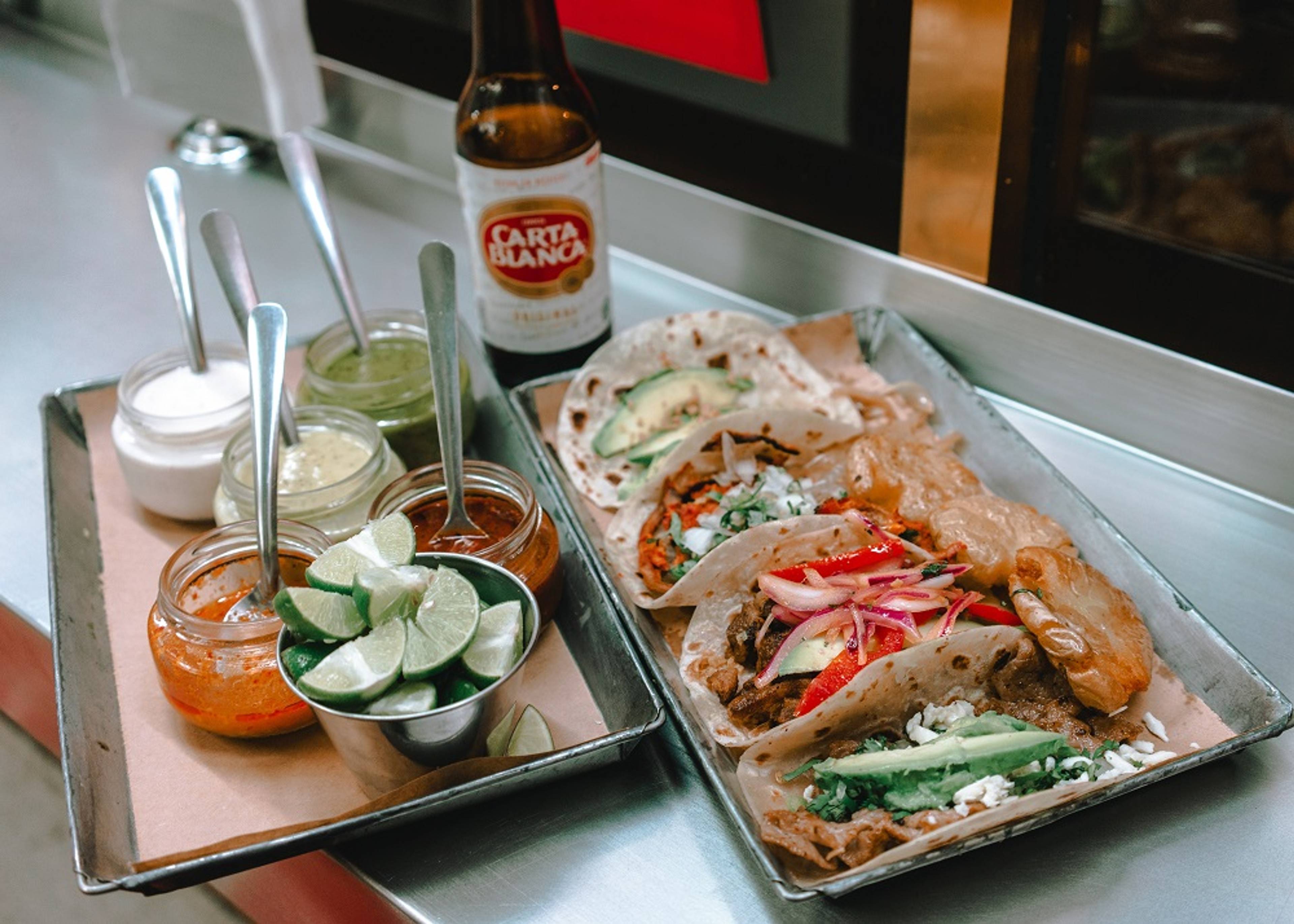History of Tacos: Who Invented Them, and Where?
The History of the Taco
We eat 4.5 billion tacos a year. We eat them on Tuesdays, but we’ll say yes any other day of the week too. We’ve combined them with the internet’s favorite animal—cats—to come up with the world’s cutest palindrome. In other words: We can’t get enough of ’em.
But what makes a taco a taco? Who invented tacos? Where did tacos originate?
“Every taco tells a story about the land, the people that made it, migration, and immigration,” says Maite Gómez-Rejón, cultural historian and founder of ArtBites: Cooking Art History, which offers classes, recipes, and more. (She also co-curated the inaugural exhibit for LA Plaza Cocina, the first museum dedicated to Mexican food.) Read on to find out more.

What Does the Word “Taco” Mean?

The Origin of the Modern Taco

Where Did Tacos Originate?

What Makes a Taco a Taco?

What Different Types of Tacos Are There?

Popular Types of Tacos and Regional Differences

Al Pastor
Featuring spit-grilled boneless pork, this regional Mexican taco has become popular in the U.S. “Tacos al pastor were invented by second-generation Lebanese Mexicans in the 1960s—a variation of tacos arabes made by the original wave of immigrants of the 1920s, but using pork instead of lamb, and adding pineapple,” Gómez-Rejón says. “It is essentially a variation of a shawarma with tortilla instead of pita.”

Barbacoa and Barbecue
You’ll find this all the way across the country, particularly in the South, Texas, and California. We owe its origins to the Caribbean, where Spanish conquistadors saw how Indigenous Taínos cooked food using a stick framework called a barbacoa, according to Serious Eats. In Mexico and what is now Texas, the technique came to mean cooking in a covered earthen oven to achieve a roasted, slightly smoky flavor. In other parts of the U.S., barbacoa involves using a steamer or pressure cooker.

Carne Asada
With a carne asada taco, flap steak from the short loin section of a cow is marinated in citrus juice, cumin, and other spices before being grilled, according to Thrillist. The meat is chewy and flavorful, and it’s usually cut into small chunks.
